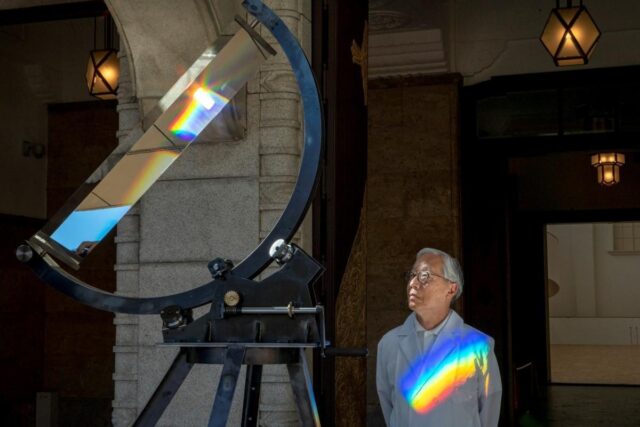
Hiroshi Sugimoto will be at Asia Society on November 30 to discuss his latest work (photo courtesy Sugimoto Studio)
Who: Hiroshi Sugimoto, Dr. Yasufumi Nakamori
What: Artist talk about the photography of Hiroshi Sugimoto
Where: Asia Society Museum, 725 Park Ave. at Seventieth St.
When: Thursday, November 30, $15, 6:30
Why: You’ll have to travel to London to catch the largest survey to date of the work of Japanese photographer and architect Hiroshi Sugimoto, on view through January 7 at Hayward Gallery. But Asia Society on the Upper East Side is offering the next best thing: Seeing Sugimoto himself. On November 30 at 6:30, the seventy-five-year-old Tokyo-born artist, who is based in Tokyo and New York City, will be at Asia Society for an artist talk, “On Photography and Japanese Art,” speaking with Asia Society museum director Yasufumi Nakamori, focusing on Sugimoto’s latest series, “Brush Impression,” featuring calligraphic brushstrokes on photographic paper, started during the coronavirus crisis.
“When I finally returned to my New York studio after the three-year-long disruption of the Covid-19 pandemic, I discovered that I was in possession of a large amount of photographic paper which had passed its expiry date. Rather like fresh food, this special paper for photographic printing deteriorates over time,” Sugimoto explains in his artist statement. “The defining feature of my prints is the subtle expression of different shades, something that is very hard to achieve with photographic paper that is even slightly degraded. What I therefore did was to flip my thinking, Copernicus-style. My idea was not to accept deterioration as deterioration per se but to treat it as a form of beautification instead. When ancient works of art are exposed to the operations of time, deterioration usually causes an aesthetic improvement. The white of photographic paper looks rather like albumenized paper, while black tones acquire a certain softness on it. I decided to bring the calligraphy skills I had mastered during three years of enforced leisure into the dark room. In the dim room suffused with pale orange light, I spread out a sheet of photographic paper, then dunk my brush into the developer. In the darkness, I gropingly draw the characters which I cannot actually see. Then, just for a fleeting moment, I expose the paper to a burst of light like a flash.
“Just the areas which are touched by the brush metamorphose into Japanese characters and float to the surface in black. Having shown that it was possible to do calligraphy using a developer, I then tried dipping my brush in photographic fixer. I plied my bush surrounded by the stench of acid; this time it was white characters appearing on a jet-black ground. As I wrote, I tried to concentrate on the invisible characters, focusing my mind on the place where the meaning of the characters would manifest itself. Protean and shapeshifting, fire is an extraordinary thing. Gaze at it and you will feel yourself being drawn into another world. This planet of ours was originally born from the fires of the sun. A blazing flame is at once a sacrament of birth and an echo of a burned-out death. Sometimes, as here, the burning flame flings out its arms and legs to be transcribed as the kanji character for fire.”
Sugimoto has proved himself to be a genius with such exhibitions as “History of History,” “Still Life,” “Gates of Paradise,” and “Sea of Buddha” as well as such performances as Rikyu-Enoura and Sanbaso, divine dance, so be ready for a fascinating evening.
[Mark Rifkin is a Brooklyn-born, Manhattan-based writer and editor; you can follow him on Substack here.]
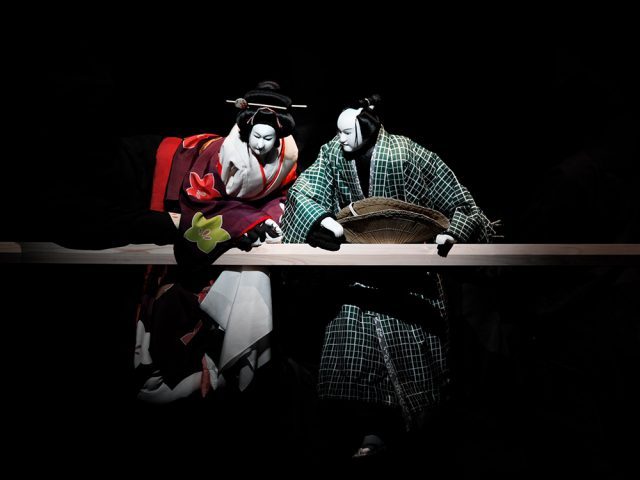
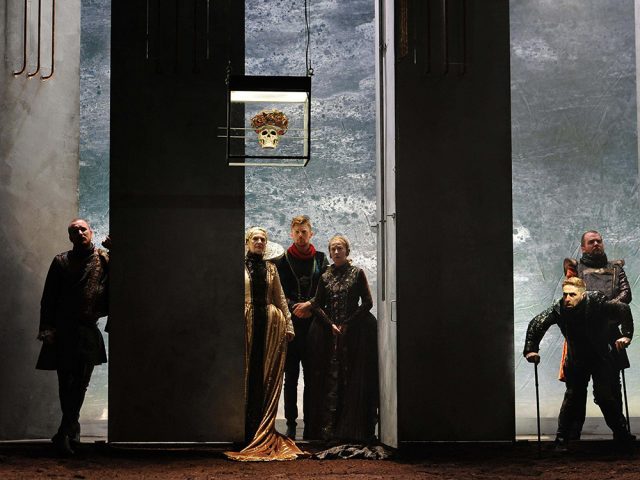
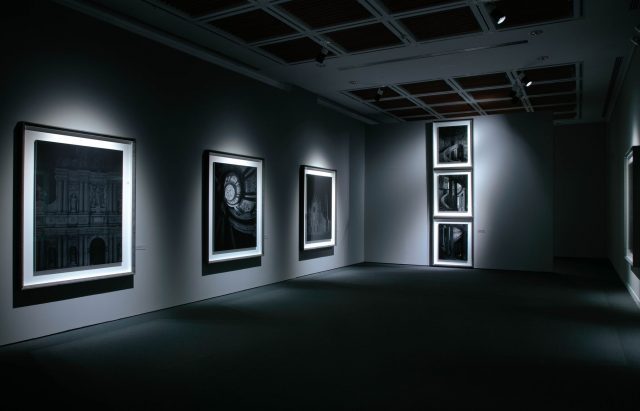
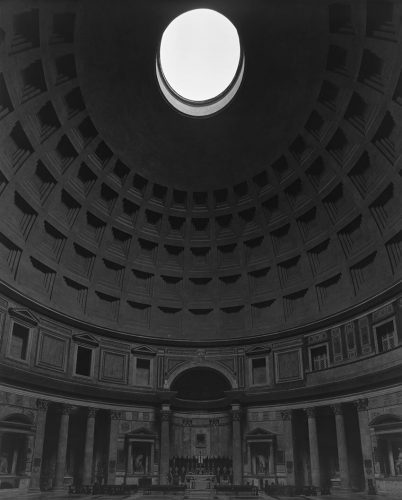
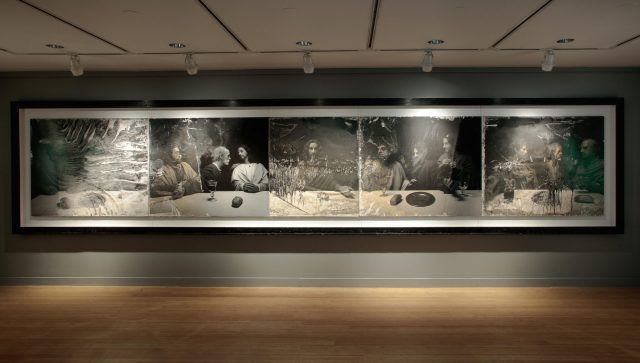
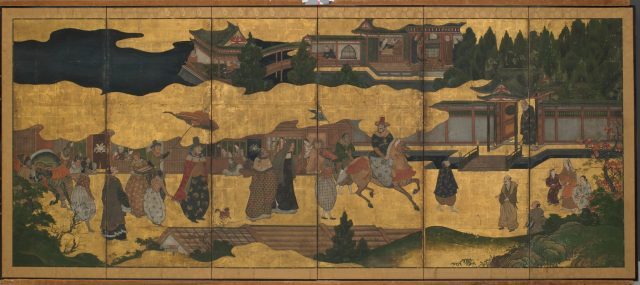
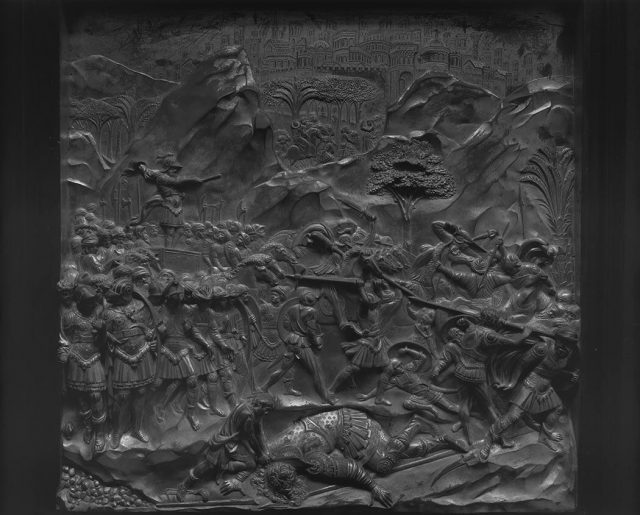
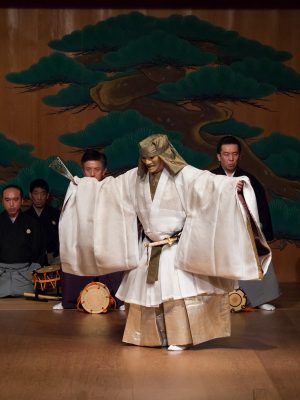
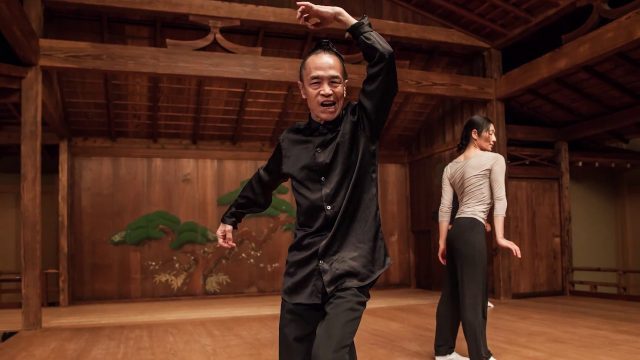
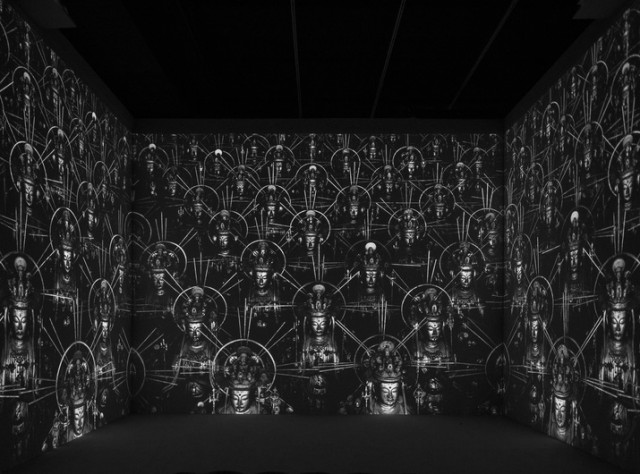
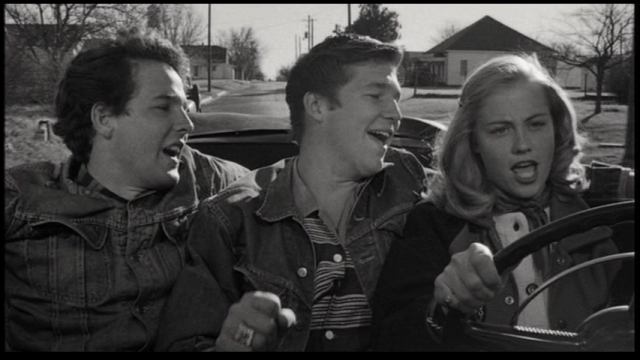
 Peter Bogdanovich’s The Last Picture Show is a tender-hearted, poignant portrait of sexual awakening and coming-of-age in a sleepy Texas town. Adapted from the Larry McMurtry novel by the author and the director, the film is set in the early 1950s, focusing on Sonny Crawford (Timothy Bottoms), a teenager who works at the local pool hall with Billy (Timothy’s brother Sam), a simple-minded boy who needs special caring. Sonny’s best friend, Duane Jackson (Oscar-nominated Jeff Bridges), is dating the prettiest girl in school, Jacy Farrow (Cybill Shepherd, in her film debut), who is getting ready to test out the sexual waters, sneaking away on a date with Lester Marlow (Randy Quaid), who takes her to a naked-swimming party in a wealthier suburb of Wichita Falls. Meanwhile, Sonny breaks up with his girlfriend, Charlene Druggs (Sharon Taggart), and becomes drawn to the sad, unhappy Ruth Popper (an Oscar-winning Cloris Leachman), the wife of his football coach (Bill Thurman). The outstanding all-star cast also features Oscar-nominated Ellen Burstyn as Lois, Jacy’s mother; Eileen Brennan as a waitress in the local diner who makes cheeseburgers for Sonny; Clu Gulager as a working man who has a thing for Lois; Frank Marshall, who went on to become a big-time producer, as high school student Tommy Logan; and Oscar winner Ben Johnson as Sam the Lion, the moral center of the town and owner of the pool hall, diner, and movie theater, which shows such films as Father of the Bride and Red River. Cinematographer Robert Surtees shoots The Last Picture Show in a sentimental black-and-white that gives the film an old-fashioned feel, as if it’s a part of Americana that is fading away. Bogdanovich also chose to have no original score, instead populating the tale with country songs by Hank Williams, Bob Wills and the Texas Playboys, Lefty Frizzell, Tony Bennett, and others singing tales of woe.
Peter Bogdanovich’s The Last Picture Show is a tender-hearted, poignant portrait of sexual awakening and coming-of-age in a sleepy Texas town. Adapted from the Larry McMurtry novel by the author and the director, the film is set in the early 1950s, focusing on Sonny Crawford (Timothy Bottoms), a teenager who works at the local pool hall with Billy (Timothy’s brother Sam), a simple-minded boy who needs special caring. Sonny’s best friend, Duane Jackson (Oscar-nominated Jeff Bridges), is dating the prettiest girl in school, Jacy Farrow (Cybill Shepherd, in her film debut), who is getting ready to test out the sexual waters, sneaking away on a date with Lester Marlow (Randy Quaid), who takes her to a naked-swimming party in a wealthier suburb of Wichita Falls. Meanwhile, Sonny breaks up with his girlfriend, Charlene Druggs (Sharon Taggart), and becomes drawn to the sad, unhappy Ruth Popper (an Oscar-winning Cloris Leachman), the wife of his football coach (Bill Thurman). The outstanding all-star cast also features Oscar-nominated Ellen Burstyn as Lois, Jacy’s mother; Eileen Brennan as a waitress in the local diner who makes cheeseburgers for Sonny; Clu Gulager as a working man who has a thing for Lois; Frank Marshall, who went on to become a big-time producer, as high school student Tommy Logan; and Oscar winner Ben Johnson as Sam the Lion, the moral center of the town and owner of the pool hall, diner, and movie theater, which shows such films as Father of the Bride and Red River. Cinematographer Robert Surtees shoots The Last Picture Show in a sentimental black-and-white that gives the film an old-fashioned feel, as if it’s a part of Americana that is fading away. Bogdanovich also chose to have no original score, instead populating the tale with country songs by Hank Williams, Bob Wills and the Texas Playboys, Lefty Frizzell, Tony Bennett, and others singing tales of woe.